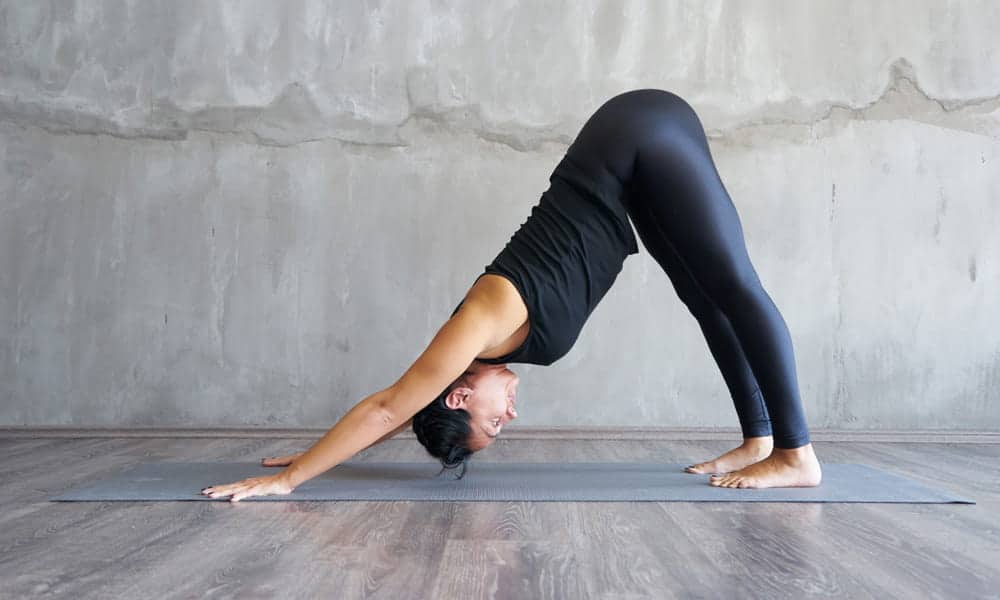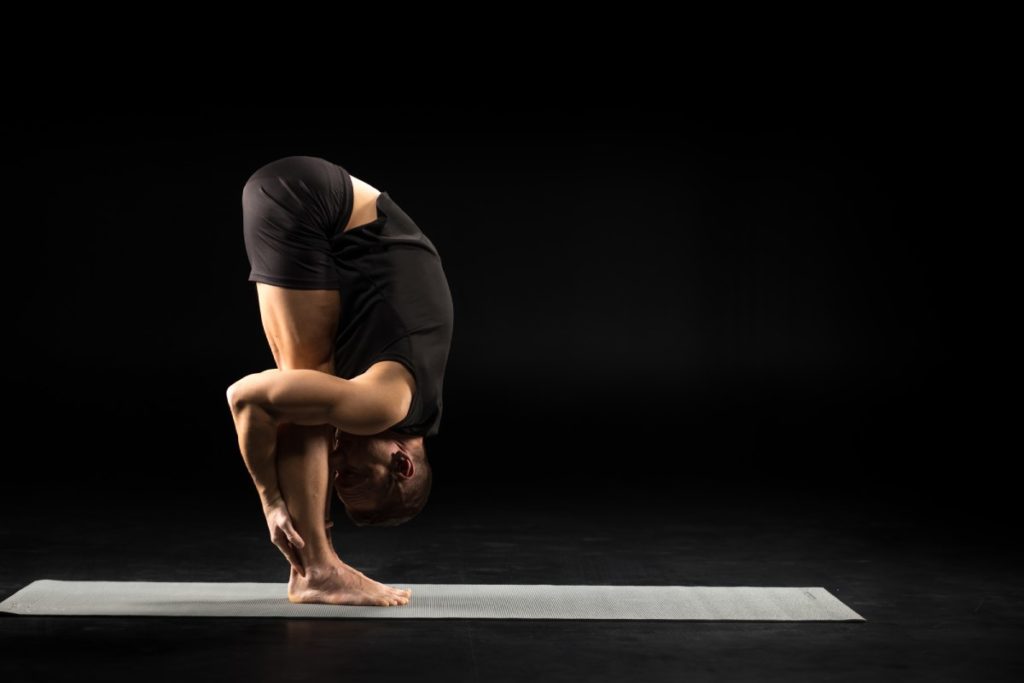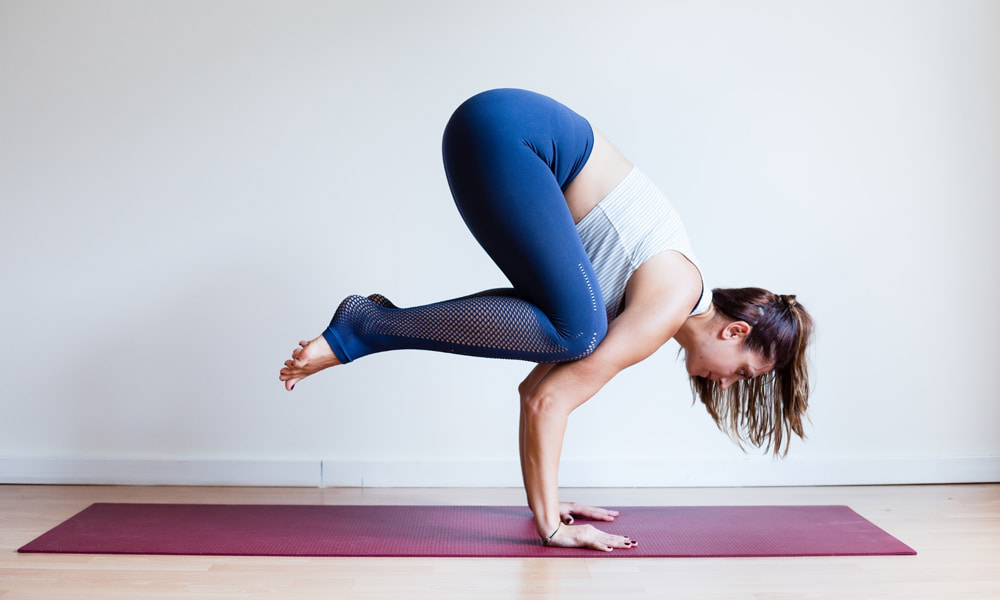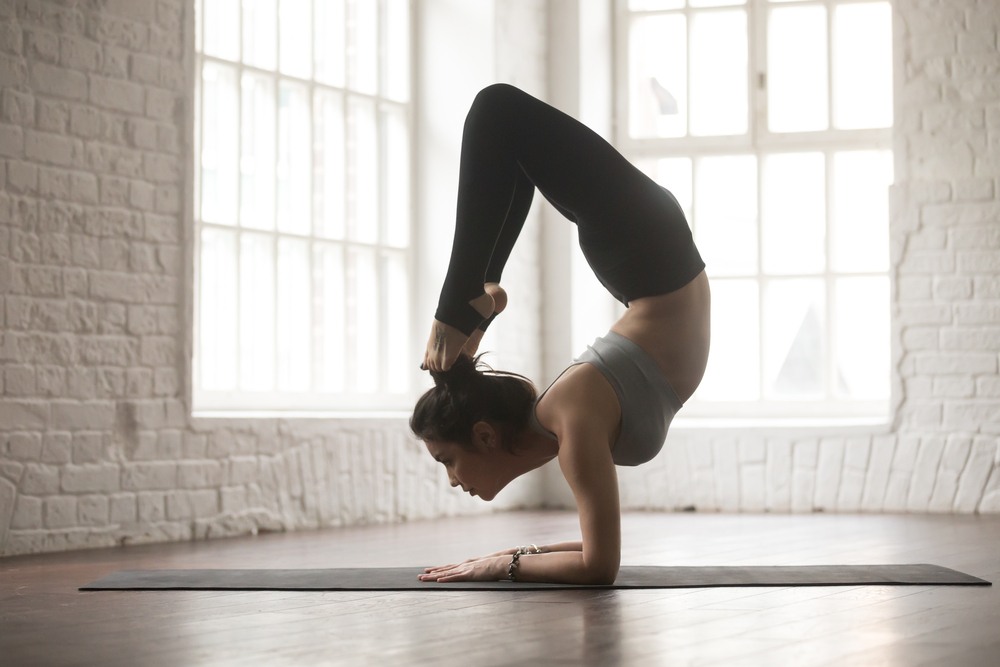Are you wondering, “what is rocket yoga?” We will detail rocket yoga’s history, benefits, and the right way to perform Rocket yoga for the best results.
Founded by Larry Schultz in the 1980s, Rocket yoga quickly became a popular and easy-to-follow yoga style inspired by traditional Ashtanga asana. Think about it as a modern, simple version of Ashtanga asana that is broken down into three parts. Practicing Rocket yoga will help stretch out your body, and target the joints and muscles through a series of challenging poses such as seated, twists, and standing poses.
Contents
The History Of Rocket Yoga

Schultz practiced Ashtanga Vinyasa yoga under the discipline and instruction of K. Pattabhi Jois, the founder of Ashtanga yoga. Schultz returned to San Francisco shortly after and opened his own yoga workshop intending to modernize Ashtanga Vinyasa to make it more accessible, beginner-friendly, and easy to follow.
From there, Schultz went ahead with his creation of The Rocket Series, which is inspired by the first, second, and third series of Ashtanga Vinyasa Yoga. You might also be interested in learning about Kundalini yoga.
How Does Rocket Yoga Work?
The idea behind Rocket yoga is to make traditional Ashtanga pose easier to follow by renovating difficult poses and smoothening out breathwork and movement. Rocket yoga is centered around the concept of hierarchy, known as Rocket 1 – 2 – 3. Each phase’s core purpose is to enhance your body’s flexibility and strength.
What Does Rocket Yoga Involve?
Rocket 1

The first Rockets concentrate on the muscle groups around your hips and core. It is also similar to the traditional Ashtanga pose in the way that it loosens up your hip joints using the inversion techniques, hip openers, and forward-bending poses. Special arm balances are also included in the first phase.
Rocket 2
The second series in the Rocket sequence involves backbends and spinal twists inspired by the traditional Ashtanga yoga with a modern touch. Rocket 2 is known as an energy booster.
Rocket 3
In the last chain of the Rocket yoga sequence, you will experience free-flowing yoga at a fast pace to develop strength and flexibility. Twists, folds, and balances play a major role in this part of the sequence.
You might also enjoy our Reiki yoga guide.
Benefits Of Rocket Yoga
Improve Cardiovascular Health
Being physically active is good for heart health. Rocket yoga is one of the best styles of yoga to enhance blood circulation.
Improve Mental Health
Like any other type of yoga, rocket yoga goes a long way in improving your mental health. Yoga helps to clear the mind and ground you.
Maximize Motor Learning And Control
Thanks to the repetitiveness involved in most poses, Rocket yoga is a great help for older yogis suffering from disabilities such as Parkinson’s disease. Rocket yoga requires you to hold the same position for a long time.
4 Best Poses For Rocket Yoga
Crane Pose

The main purpose behind the famous crane pose is to learn how to balance. The best time to try this pose is in the morning before breakfast. Even though the crane pose may look challenging for some people, it’s considered an intermediate pose you can keep a hold of for only one minute.
Peacock Pose
The peacock pose entails facing your mat with your arms on the floor for 60 seconds. The peacock reminds you of a plank position but with your body flattened above the floor.
The peacock pose may even ease digestive discomfort. That being said, the best time to practice peacock pose is in the morning with an empty stomach.
Headstand Pose
Doing a headstand is no joke, but it is great for digestion, strength, and clearing the mind. It is best to perform the headstand pose in the morning for at least one minute. Some of the best yogis can keep it going for five minutes straight.
Scorpion Pose
The scorpion pose is performed by forming a curve with your arms firmly on the floor, and your legs and back arching toward your head. Along with the headstand pose, the scorpion pose is not beginner-friendly. But once you’ve mastered it, the scorpion pose will help boost blood flow to the brain.
If you liked this post, you might also enjoy our Purna yoga guide.



